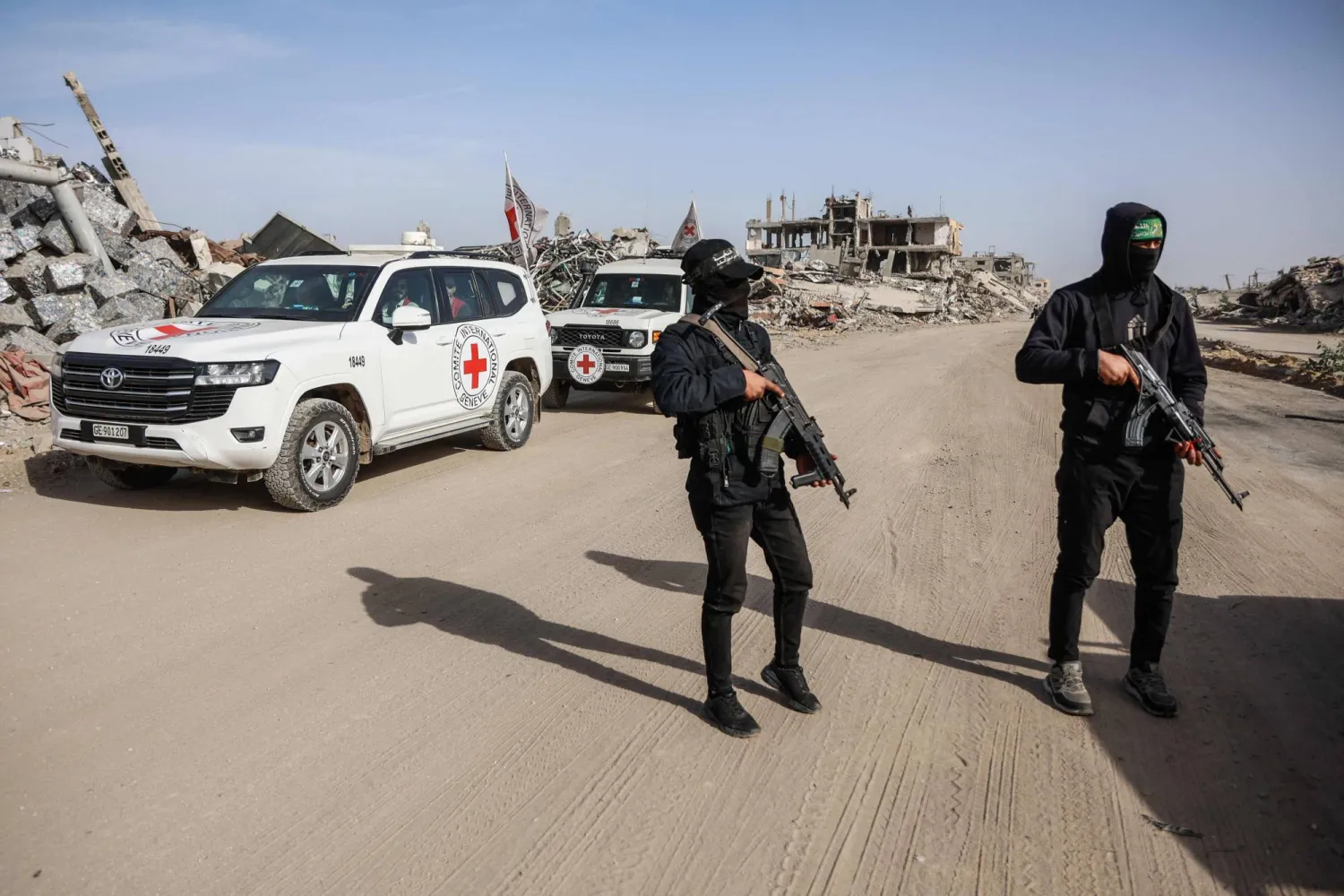The case of the “disappearance” of 50,000 Pakistanis in Iraq continued to stir debate as people flocked to Iraq’s Karbala to visit religious sites.
The issue has also shed light on how some tourists and visitors to the religious sites exploit their trips to find jobs in Iraq without an official permit.
In a statement on Sunday, the Iraqi Foreign Ministry revealed that it had contacted Pakistan’s Minister of Religious Affairs and Interfaith Harmony Chaudhry Salik Hussain to clarify his remarks about the disappearance.
The minister confirmed that there was a misunderstanding about his comments, refuting media claims that 50,000 had gone missing, it added.
He revealed that he would be summoning the media outlet that published the false news.
The minister had tweeted on the X platform that the Iraqi ambassador in Pakistan had informed him that 50,000 Pakistanis had failed to return home after visiting Karbala.
The minister then posted a clarification, saying that his remarks “were taken out of context and used to harm Pakistan.”
In fact, the figure of 50,000 refers to numbers unaccounted for in recent years, not this year alone, he stressed. Moreover, these people have not gone missing; rather, they have not returned home.
He stressed that they are not affiliated with any party or organization – a reference to claims that the Pakistanis may have been recruited to join armed groups.
Iraqi authorities have been grappling with the illegal employment of foreign workers given the unemployment and low job opportunities in the country.
The illegal presence of foreigners has also caused security problems. In mid-July, security forces announced that they busted a Pakistani cell that had kidnapped a fellow Pakistani in Baghdad.
Pakistanis, Bangladeshis, Iranians and Syrians often flock to Iraq to visit religious sites or for tourism in the Iraqi Kurdistan Region. Some have exploited their presence there to take up jobs illegally.
Official figures have revealed that some 800,000 foreigners are working in Iraq without legal permits.
In an attempt to curb the phenomenon, authorities said employers could grant their foreign workers a one-year work permit.
This puts the ball in the employers and workers’ court to sort out their legal affairs, an official source at the labor ministry told Asharq Al-Awsat.
Security forces in Baghdad announced on Sunday the arrest of 69 foreigners for working in Iraq illegally.









